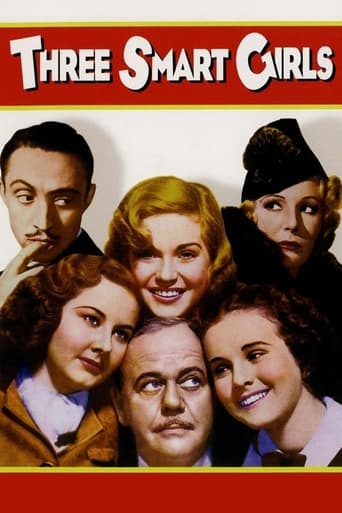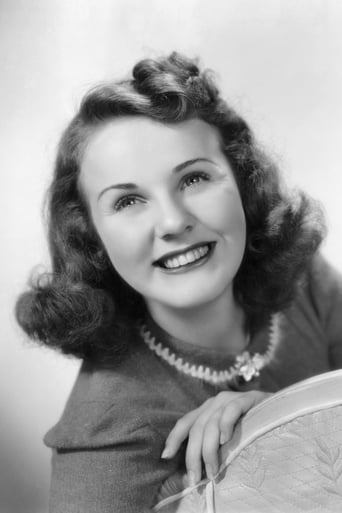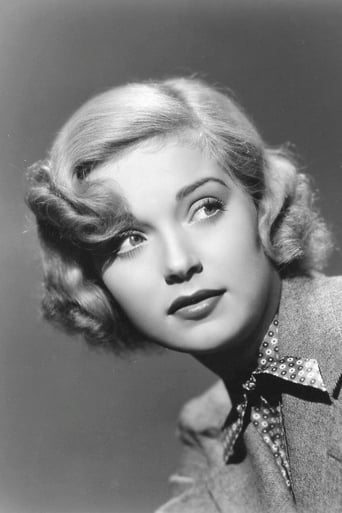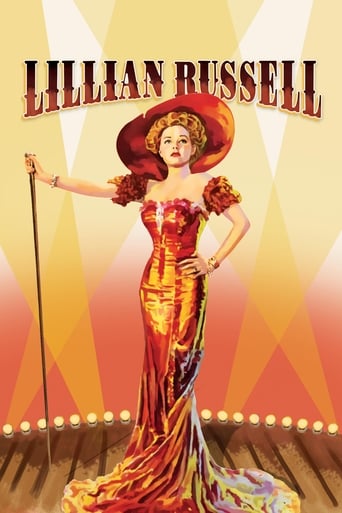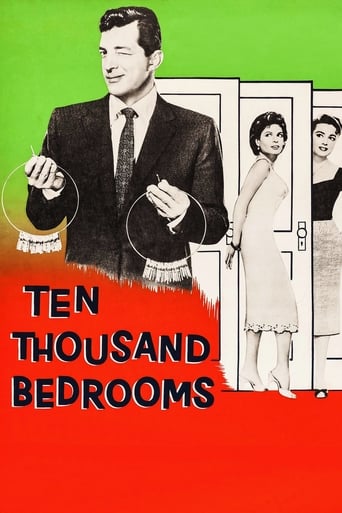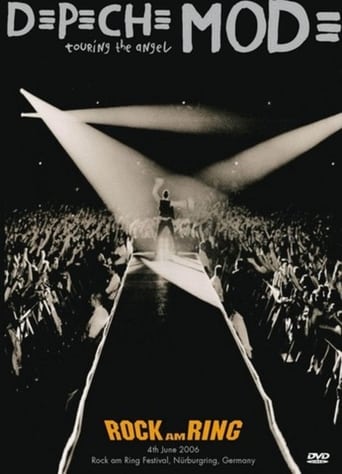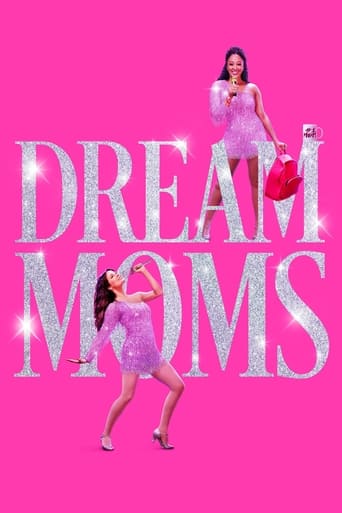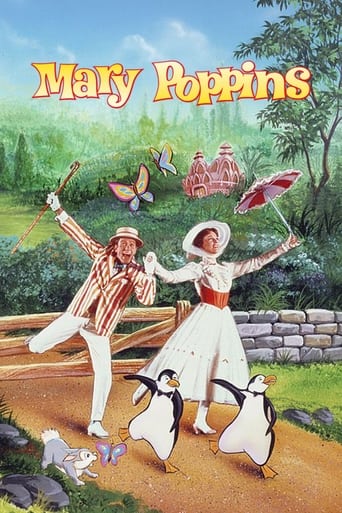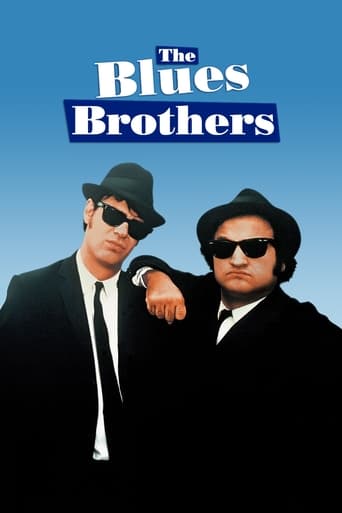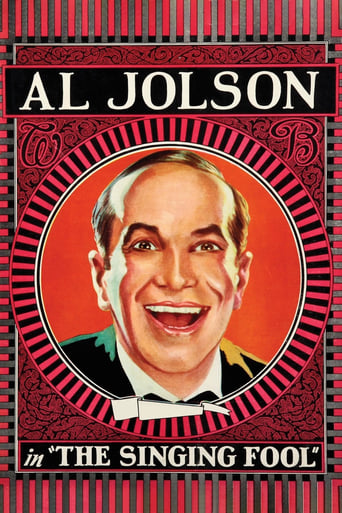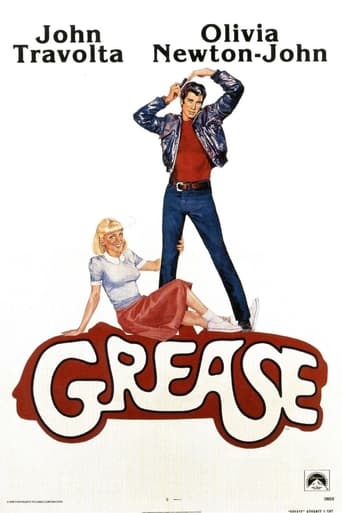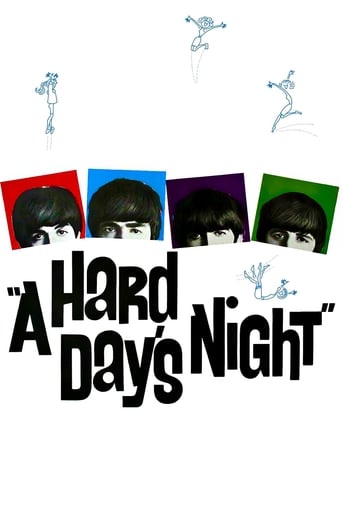Three Smart Girls (1936)
The three Craig sisters Penny, Kay, and Joan, go to New York to stop their divorced father from marrying gold digger Donna Lyons and re-unite him with their mother.
Watch Trailer
Cast


Similar titles
Reviews
Deanna Durbin's movie debut from 1936 on the Deanna Durbin collection DVD from Simply Home entertainment 2011. This DVD has stunning black and white picture quality and excellent sound, quite amazing given the age of the material. Deanna Durbin fame is less well remembered today but she became a huge star in the golden age of Hollywood, and in this movie it is easy to see why as she radiates wholesome charm and warmth. The plot is light and frothy as the three smart girls save the day and there parents while unmasking a gold digger. This is light entertainment at its very best, funny warm and very charming throughout. A great example of the polished production values and tight editing so effortlessly delivered back in the day. I loved it, and if you love the 1930's era of American cinema, and i am sure you will to.
MGM's loss was Universal Studio's gain when Louis B. Mayer sold Deanna Durbin's contract to Carl Laemmle and Universal gave her a grand debut in Three Smart Girls. The three are the Craig sisters played by Nan Grey, Barbara Read, and Durbin as the youngest and the one with the musical talent. But all three are on a mission to bring their mother and father back together.The girls are vacationing in Switzerland when word comes that dear old dad who's been divorced from mom for years is about to be married again. Back to New York come the sisters to save father Charles Winninger from the clutches of mercenary Binnie Barnes and her even more mercenary mother Alice Brady. While on the mission Grey and Read get themselves some romantic involvement also with Dusty King and Ray Milland. It gets a bit complicated though when Read thinks that Milland is a no account count that King hired to woo Barnes away from Winninger. Actually Milland is a titled gent, the guy that King hired was Mischa Auer.In the first of her many roles in the guise, Deanna Durbin plays little Miss Fix-it and solves everybody's problems in the end with a few songs to go with it. It was a formula that worked well for Universal, pulling the studio back from inherent bankruptcy. Abbott&Costello would later make it turn a profit.Three Smart Girls got Oscar nominations for Best Picture, Best Sound and Best Original Story. The fashions and mores of the time place it firmly in the Depression Thirties. I doubt it could ever be made today again.Where would you find a voice like Deanna Durbin's?
but the film has not aged well.I saw it first many years ago but had the opportunity recently to revisit it with the child in my life. The mores of the era are striking - and acceptable to the movie going public of that time. ****mild spoilers ahead****The father has not seen his three daughters in ten years, even though paying for their upkeep in a luxurious life style in Switzerland. The daughters have no problem with this apparently but do have a problem with him remarrying and come to New York to stop it.All is sweetness and light with dear old Dad becoming enchanted with the youngest daughter, Penny, while virtually ignoring the older two.Many small little twists and turns to the very slim plot line, Deanna's voice soars - and what an enchanting actress she was! - and all works out beautifully in the end for her silly old father and still heart-broken mother.5 out of 10 from the child in my life who asked many questions about the era which necessitated stopping the movie several times to discuss them and 7 out of 10 from me for this nearly 70 year-old-curiosity. 6 out of 10 between us.
Henry Koster's film is a seamless classical hollywood goal-driven narrative with elements of a musical, romantic comedy and layers of mistaken identity, all accelerated to a final climax and resolution by the interjection of a temporal goal deadline within the film. Deanna Durbin serves as the focal character of the three sisters, all working together to attain one common goal to break up their estranged father's engagement and to reunite him with their mother. While the sisters work as a united front to achieve their goal, each is developed, in part, using the playful bicker that invariably accompanies the sisters' interactions.This film is also a romantic comedy filmed in the `sophisticated world of the social aristocracy'(1). True to the roots of the big studio Romantic comedies of the 1930's and 40's, this film features lavish settings of wealth and prestige providing an escape, however brief, for movie goers from the depression. The film opens with a display of wealth by depicting the comfortable lifestyle that the girls enjoy with their mother in Europe. During this opening scene in which the sisters are outside on their sailboa t with Durbin singing, merrily sailing down a stream near their home. The narrative goal is set soon after this opening sequence when the sisters are called in for lunch by a housekeeper. Once inside, they discover that their father is to marry a famous glamor girl in the US. Fueled by the desire to quell their mother's sorrow, the girls set off to America to win over their father by turning him away from his pending marriage and stealthily persuading him to return to their mother. Upon their arrival the sisters discover the difficulty of their goal; the fiancee and her mother are aware of the girl's meddling ways and are determined to frustrate the girls attempts at intervention.The bulk of the film is filled with trials and tribulations that both frustrate the girl's goals as well as push them closer to completing their objectives in unplanned ways. The dichotomy of wealth and worth is represented in many ways in this film. Class, social status and money play a pivotal role in the nuances of the plot as the sisters try to get the fiancee to `latch on' to another man who has a title and more wealth. The gold digging nature of the fiancee is pivotal in the many efforts used by the sisters to break the engagement. It is obvious that the engagement is not based on love, which further leads the viewer to root for the girls successful intervention. The fiancee's determination to marry into wealth eventually serves as the key to the girl's success, however unexpectedly, and simultaneously thwarts her own opportunities at such a marriage.The sisters form a powerful team within which each has a very different personality. Each tactic they employ to break up the engagement begins to be thwarted by the romantic entanglements of the 2 older sisters with two of the men they are using to manipulate the fiancee, effectively twisting the plot in on itself many time during the film and providing ample barbing dialogue between the 2 courting couples. (Durbin's character is only 14 years old, so the romantic comedy portions of the film take place in the other characters relations with each other.)Throughout the film, Durbin is asserted as the main character through long, close-up voice solos that solidify her role as the central character. These musical interludes serve also as plot devices to win over adoration and support from her listeners within the film (as well as the audience), bringing her closer to her goals. In a classic use of editing to tell a story, the emotional effect of her voice on other characters is clearly implied using an editing style that switches between an extreme close-up of the singing Durbin and an equally extreme close-up of the expressions of her captivated listeners(1). These interludes also showcase the sound quality of the film The lack of background noise and the clarity and range of her singing voice are used to draw out emotion in the viewer as they get to know more intimately this young character they are rooting for so firmly. The sense of temporal urgency takes hold of the film when the wedding date is suddenly rescheduled for the following day by the sly fiancee and her mother in order to outwit the girls' schemes. This plot twist serves to shift the narrative from goal based to urgently time focused(1). The girls are forced to call on all of the contacts they've made (with a big dose of luck) to succeed in the end. With this shift to a frantic countdown in plot action, the film becomes very compelling, with the outcome uncertain until the very end. The narrative reaches resolution when, in the final scene, the mother arrives from overseas and is greeted by her triumphant daughters and her ex-husband. Although the success of this meeting is far from assured, the development of the daughter's characters as intelligent, persuasive, and strong willed almost convinces the audience of a successful reunion. (1) "American Cinema/American Culture" John Belton, 1994.

